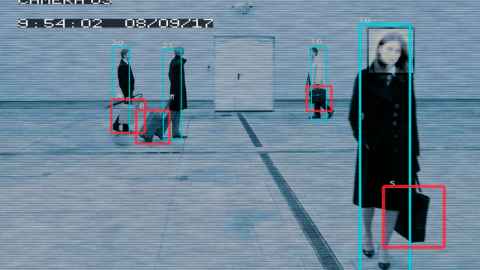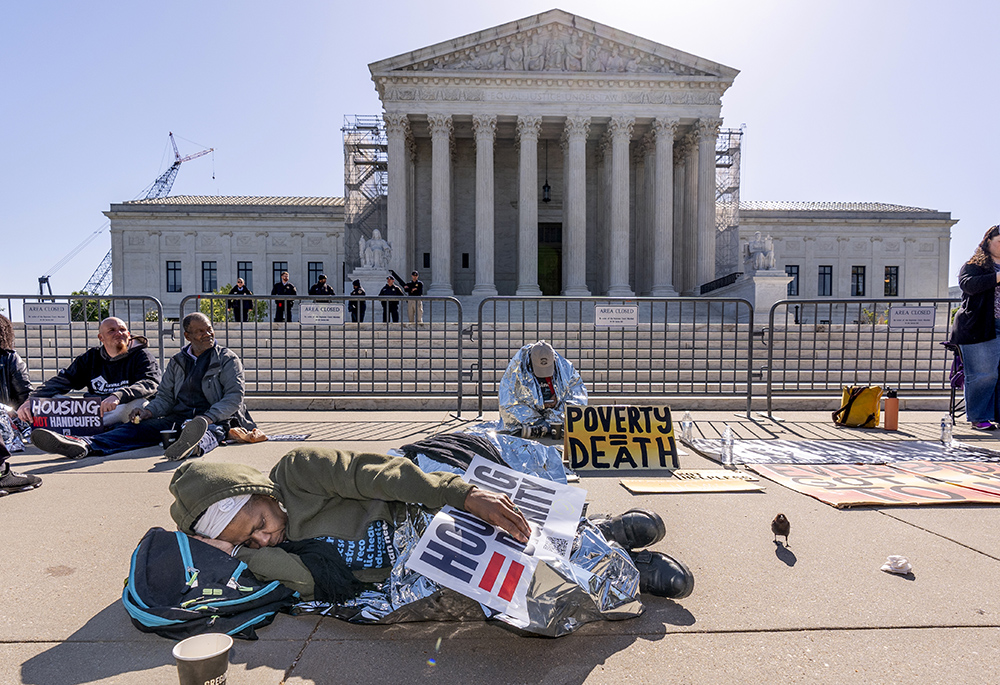
Surveillance technology is growing at an alarming rate in our society. For example, AI-powered cameras use of artificial intelligence software to help people take better photos by identifying objects intelligently and optimizing the color and output based on the scene. These technological innovations are not lost upon law enforcement agencies. Tools like Flock Safety license plate readers have the capability to track individuals across cities and states.
Cities and municipalities and considering a variety of surveillance systems to fight crime. Advocates say it makes cities safer, improves traffic, speeds up airport and stadium lines, makes workers more productive and safeguards valuable company property. Problematically, electronic data gleaned from cities, municipalities and law enforcement can, without any discretion, provide the information to Immigration and Customs Enforcement and other agencies. Suddenly, the gradual expansion of surveillance technology has now turned narrow safety programs into broad monitoring networks.
Welcome to the Age of Surveillance Creep.
WHAT IS “SURVEILLANCE CREEP?”
“Surveillance creep” is the idea that surveillance measures first installed for beneficial purposes are later used for more sinister purposes. While surveillance has always been about collecting data, it has now stretched into collecting much more personal information. While a type of surveillance may seem reasonable initially, its intentions past its initial purpose are mainly unknown and perverse. For example, with the rise of technologies to help people work from home comes the ability for employers to surveil their employees without their knowledge or at odd hours.
SOCIAL MEDIA
Social media is one example of this type of surveillance. While having access to your friends and family online may seem like a simple and effective type of digital monitoring, this can lead to data collection and targeted advertising which is far less simple. A person’s use of social media also acts as a type of peer surveillance, where the watched watch each other, thus giving even more power to the watcher.
While many social media users are aware of small data collection on their sites, they continue to use the platform and give it their information willingly due to the addictive qualities of online social networking. Even data collection from advertising agencies seems light when compared to the potential threats of fraud and identity theft that can come from social media sites. The idea of social media and data collection has become so normalized that the threats of more sinister crimes are occurring more often.
FACIAL RECOGNITION
According to experts, large-scale companies are happy to sell facial recognition systems to law enforcement agencies. On the upside, the technology assists in finding criminals and missing persons. However, this technology is not always accurate. There are many instances of racial bias and misidentification when using facial recognition. In short, surveillance cameras being used for facial recognition do not recognize darker skin very well. These technological glitches and flaws tend to be negatively affected when it comes to facial recognition searches.
My advice? The government and large corporations are using surveillance as a way to creep into your daily life. You should have the right to contest that information. Seizures and searches of digital data must be cabined to probable cause, limited to specific categories of information relevant to the investigation, and closely overseen by a neutral judge.
Please contact my office if you, a friend or family member are charged with a crime involving evidence gained through electronic surveillance. Hiring an effective and competent defense attorney is the first and best step toward justice.















